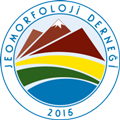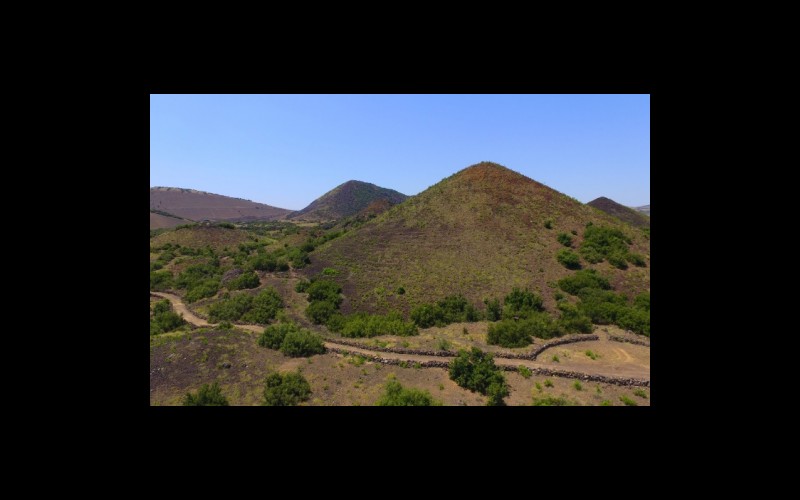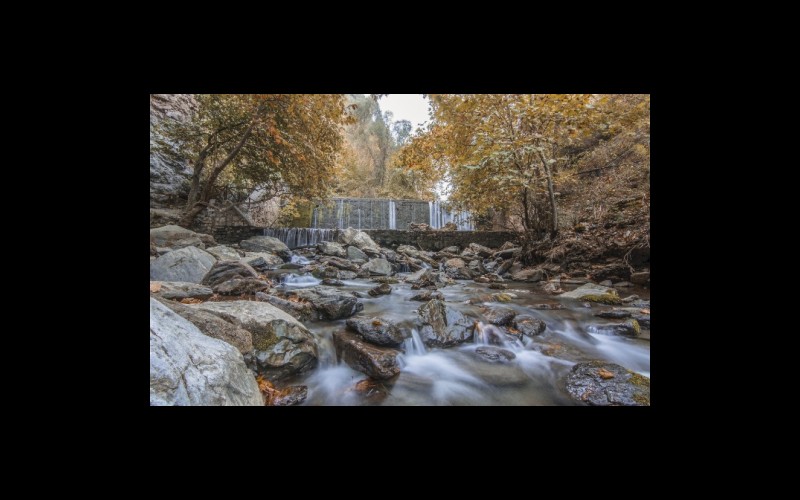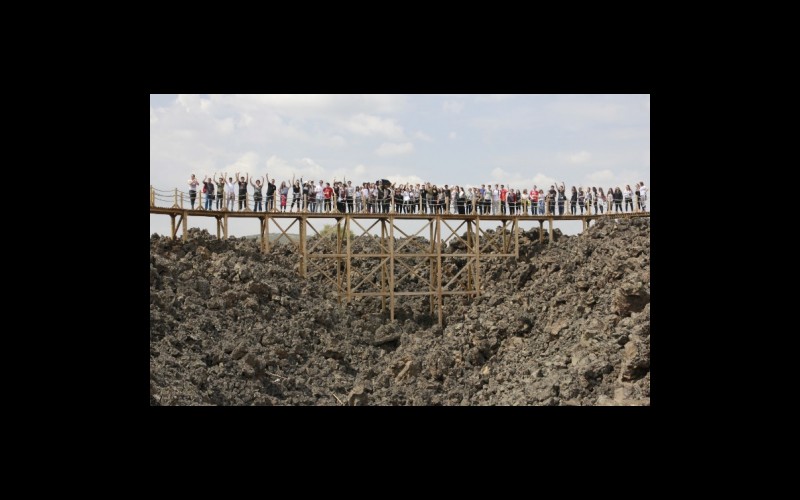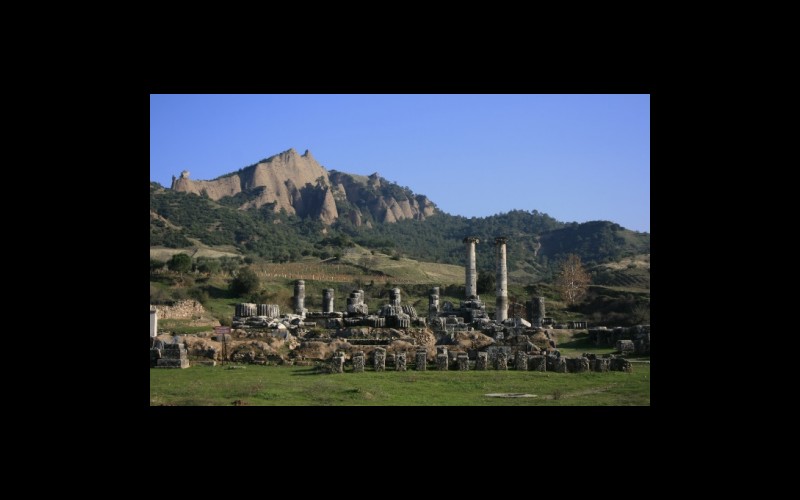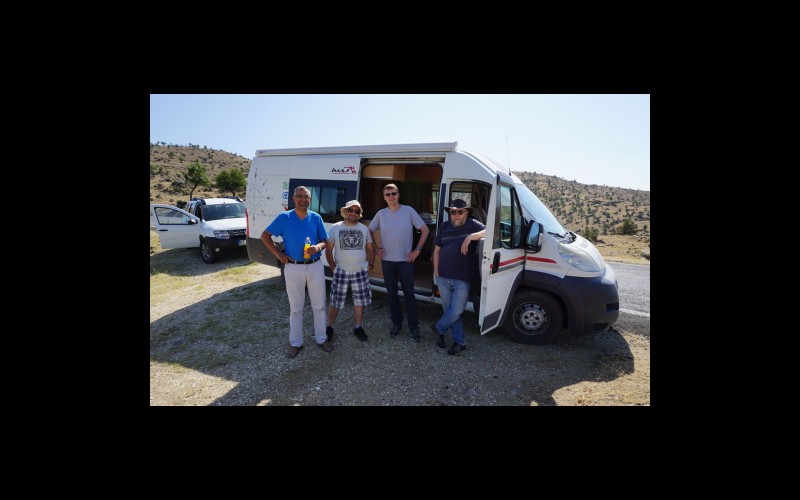Registered first by the Global Geoparks Network in 2013, the Kula UNESCO Global Geopark passed its first evaluation in 2017. Following a series of substantial administrative and infrastructural improvements in 2018, both the territories and all the geosites of the geopark were substantially revised to meet the criteria stipulated by the UNESCO Global Geoparks Network, and as a result the territory of the geopark area was completely revised. Within the scope of this change, the geopark area, which was formerly approximately 300 km2, has been extended to 2320 km2. The name of the geopark has been changed from the Kula Geopark to the Kula-Salihli Geopark, which currently hosts 73 geosites. Evaluating the new Geopark application dossier, the UNESCO experts evaluated the geopark area in 2019 and found the improvements quite successful. Both the application dossier and the results of the field inspection of the Kula-Salihli Geopark was lastly evaluated by the UNESCO Executive board on 10 July 2020 and the geopark was given the title of "UNESCO Global Geopark".
Currently, the Kula-Salihli Geopark is one of the world's 161 UNESCO Global Geoparks. The geopark plays an important role in protecting the heritage within the park and transferring it to future generations and it contributes significantly to both development and in particular to the sustainable development of the region in terms of tourism, promotion, education and science.
Within the scope of the administrative and structural reforms undertaken in 2018 in the geopark area, some important cooperation and stakeholder protocols were made with various institutions and organizations. In this sense, one of the institutions with which Kula-Salihli Geopark is in intensive cooperation is the Turkish Geomorphology Association.
In 2018 a partnership and cooperation protocol was signed between the Turkish Geomorphology Association and the Kula-Salihli UNESCO Global Geopark, with the co-ordinatorship carried out by Prof. Tuncer DEMİR (member of the executive board of the Turkish Geomorphology Association) and Dr Ahmet Serdar AYTAÇ (member of the Turkish Geomorphology Association) from 2018. Within the scope of this protocol, it was agreed to hold the International Geomorphology Congress-2021 in the Kula and Salihli Districts in October 2021, which will be hosted by the Kula-Salihli UNESCO Global Geopark and the Geopark Municipalities Union. In addition, within the scope of this protocol, it has also been agreed that, within the possibilities of the geopark, the Kula-Salihli Geopark will support all types of geomorphological research to be carried out in the Geopark area. Currently, within the geopark area, many Turkish and foreign scientists continue their research in the field of earth sciences and in particular geomorphology. In this respect, it is thought that this cooperation between the Turkish Geomorphology Association and the Kula-Salihli Geopark will provide a model for other institutions, organizations and geoparks.
Executive Committee of the Turkish Society for Geomorphology
